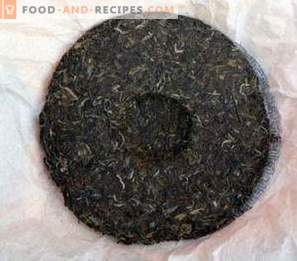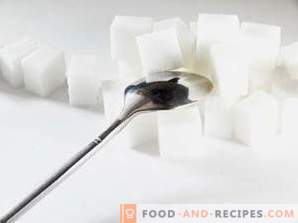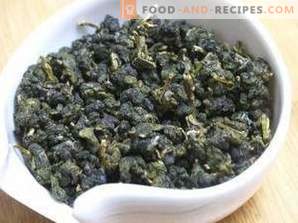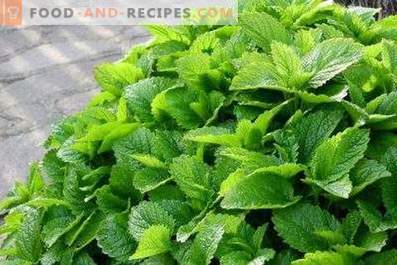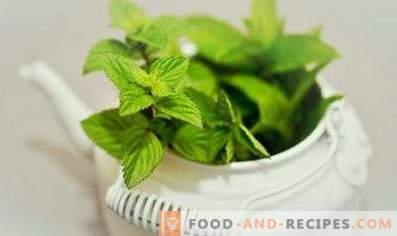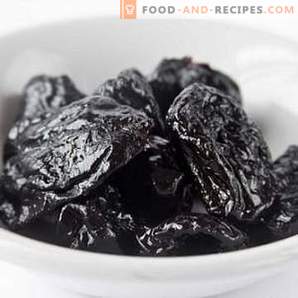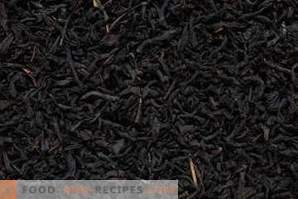
In many countries, tea is one of the main beverages. Every nation has its own attitude towards it, and this is clearly seen in tea ceremonies, which depend on national traditions and habits.
In Russia, tea drinking is a kind of gathering. Relatives and friends gather around a large table to socialize, and at the same time try delicious pastries, washing it down with fragrant tea.
In Japan, the tea ceremony is a sacrament, and it is not customary to speak during it. Therefore, there everyone present drinks tea in silence, plunging his thoughts into his own little world.
But what unites everyone in relation to this drink is the proper storage of tea until it is brewed.
Many care about storing herbal preparations, putting them in perfect conditions. However, they forget that tea is also dried leaves, which require the same careful treatment as medicinal herbs. Moreover, the storage of tea must be approached more responsibly.
If some herbal preparations can be stored in canvas bags or paper bags, then the tea in such a container will simply exhale or absorb foreign odors and moisture, thereby becoming unsuitable for consumption. Of course, you can drink it, but it will lose its beneficial properties.
Useful properties of tea
- Tea leaves are rich in vitamins C, B1, B2, PP, R.
- They have tannic and oxalic acid.
- Tea strengthens the walls of blood vessels.
- Increases the performance of both physical and mental.
- Beneficial effect on the nervous system.
- It has caffeine alkaloid theine. But unlike coffee, tea does not cause over-stimulation of the nervous system.
- Poor green tea lowers blood pressure.
- Black tea has a fixative effect on diarrhea.
- Chewing dry tea leaves helps with nausea.
How to choose the right tea
To enjoy a delicious and fragrant drink, you need to buy quality tea. But it’s not enough to buy top-class tea from the store and be sure that it will make a great drink. You need to know for sure that before buying the tea was stored in the conditions that were ideal for him.
If the tea was in stock along with strongly smelling products, such as spices, then it absorbed the aromas of spices, and therefore its taste deteriorated. But it's not so bad. Being at high humidity or in a poorly ventilated room, the tea becomes damp and mold can appear in it. Such tea will not only be useless - but may be harmful to health.
When buying tea, it is imperative to pay attention to the goods with which it is adjacent to the counter of the store. If racks with spices, sausages, detergents or perfumery are located nearby, then it is better to refrain from buying such tea.
Sometimes you can notice the following picture: in a store selling tea by weight, banks with expensive tea are displayed on the counter, and the saleswoman, at the first request of the buyer, opens the container and displays the goods — the look, color of tea and its aroma. And with each opening, the unique smell of elite tea is exhaled or mixed with those flavors that hover around.
Factors affecting the quality of tea
The preservation of the taste and aroma of tea is influenced by environmental conditions: light, temperature, air humidity and container, in which tea leaves are located.
How air humidity affects tea
Tea on the shelves comes in a dried state. But its leaves are very hygroscopic and easily absorb moisture from the outside, especially if the room humidity is above normal. From this, the tea becomes damp, it changes color, smell, taste, mold can appear on it.
Tea is stored indoors with no more than 70% humidity.
Tea should not be stored in wall cabinets above a gas stove or sink, where steam often rises to the ceiling from hot water or cooking food.
How does light affect tea
Light is another enemy of tea. Like any dried plant, tea can not be stored in the light, because its color deteriorates, fades.
Light destroys vitamins. When light falls on tea, especially solar, oxidative processes are activated in the product, which destroy the pigment. The taste of tea also gets worse.
Tea is stored in a dark place where neither the sun's rays nor the electric light go.
How does air influence tea
No wonder manufacturers seal tea in a sealed package. This is done so that oxygen does not interact with the product and does not oxidize.
Therefore, they invented vacuum packaging for storing many products, including tea. While the tea is in a hermetically sealed container, the environment does not affect it. That is why it is recommended to buy tea in small boxes so that it is not stored for a long time in the open and did not have time to expire.
When buying tea, you need to carefully open the package so that you can close it tightly again.
If you still have to pour the tea into another jar, then it should be such that between its contents and the lid there is as little as possible empty space. After all, there is an invisible air accumulates.
It is best if the packaging is vacuum. Then you can independently pump out the air from the pack, thereby creating ideal conditions for storing tea. But this method of packaging is suitable only for small-leaved tea or granulated. When tea is pumped out, the large leaf tea cups will lose their shape and be crushed.
Tea is stored in a hermetically sealed container, which should correspond in volume to its quantity.
What should be the container for storing tea
No less important influence on the quality of tea and packaging in which it is poured.
Best of all, tea is stored in tin or ceramic containers with a sealed lid. For each type of tea there should be a personalized jar so that the smell of the previous batch does not spoil the flavor of the new one. If this is not possible, then the jar is washed, then it is well dried to exclude even the slightest ingress of moisture into the tea.
You can also use glass containers, but in this case, the jar should stand in a dark cabinet to prevent light from entering it.
Tea is well kept in soft containers, if it is made of foil or has a special coating (spraying) that prevents the ingress of odors from the environment.
It is impossible to store tea in paper bags, through which not only the air passes well, but also odors that can ruin the best drink in a matter of hours. Through paper bags with moisture and moisture is successfully seeping, which is detrimental to the tea leaves.
Moisture does not pass through plastic bags, but in such bags the tea suffocates and disappears.
They do not store tea in plastic containers, since any plastic has a smell, even if it is insignificant, that tea easily absorbs tea.
Tea is stored in a ceramic, tin or glass jar with a well-lined cap without access of moisture, odor and light.
What should be the temperature when storing tea
This is perhaps the main question that interests tea lovers.
There are recommendations that tea should be stored in a refrigerator or freezer, because it is under these conditions that tea does not develop all sorts of microorganisms that spoil it. But how, then, to treat the inscriptions on the packages of tea, which urge to keep it in a dry and cool place? The point is that this recommendation refers to black or red tea that has passed through the entire fermentation stage. Therefore, in room conditions, subject to the requirements mentioned above, it can be stored without loss of taste for about a year.
But besides black or red tea, there is also green tea, as well as oolong tea and puer. It is these three types of tea that require closer attention and a slightly different way of storage.
How to store green tea
In green tea, the structure of the leaves is much softer than that of black. It is dried, practically avoiding fermentation. Therefore, it must be stored otherwise.
At room temperature, even in a sealed package, green tea deteriorates quickly. Its green color becomes more pale, the smell changes, and in the taste bitterness appears. Yes, and its beneficial substances at room temperature are destroyed.
Therefore, green tea is stored in the freezer. But, taking into account the fact that tea is not subject to re-freezing, it is packaged in small bags that can be used for several days.
However, if green tea is bought in a store where it was kept at room temperature, then there is no point in coming home to put it in the freezer.
Oolong tea is stored in the freezer, which is half-fermented, that is, its leaves are usually darker at the edges and remain green in the middle. Therefore, oolong tea has a pleasant aroma of green tea and a rich taste of red.
How to store Pu-erh
This particular tea differs from both green and black (red) not only by the method of manufacturing (drying), but also by its storage method.
Pu-erh also undergoes fermentation, but this process occurs in an accelerated pattern. Then the prepared leaves are dried not in bulk, but pressed together, resulting in tea briquettes or pancakes. If black and green tea is stored in a tightly closed container, this condition does not apply to Pu-erh.
Compressed Pu-erh is wrapped in paper or a special wrapper and stored at room temperature in a separate cabinet. But next to it should not be any odorous substances and products.
Puera contact with the air is only beneficial, as the process of fermentation in it continues. Therefore, this tea every day becomes stronger and more fragrant.
Humidity for Pu-erh does not play a special role, but still it is desirable that the room where this tea is stored has a climate that is close to that which usually happens in apartments.
Puer doesn’t like hermetic packings - he suffocates them.
How much to store brewed tea
In many families, tea is brewed in a teapot and then drunk during the day, even without suspecting that within a few hours, tea becomes not only useless, but also harmful.
Therefore, before tea drinking, fresh tea is always brewed, and residues are always poured.


